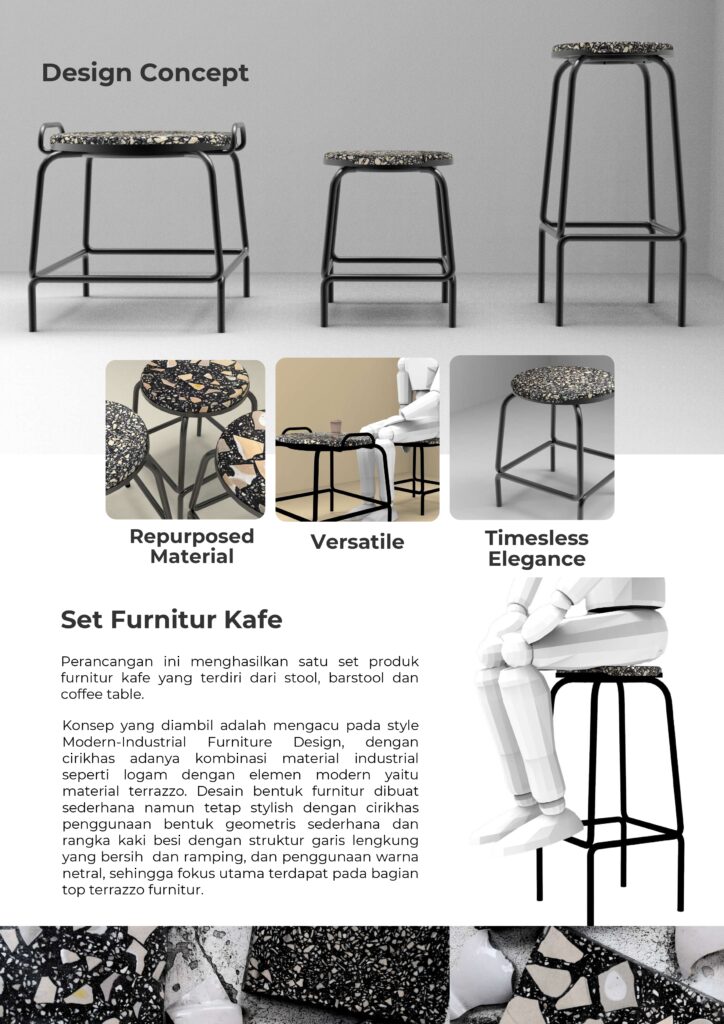The national ceramic industry has bright prospects along with the growth of the domestic market that continues to increase through many government infrastructure projects. One of the opportunities for the development of the country’s ceramic industry is supported by a potential government project, namely the construction of the Nusantara Capital City (IKN) which is ongoing since 2023, where projects in the property sector will contribute around 25% of total national ceramic sales. The growth of domestic ceramic industry production is around 5% per year, so that the ceramic industry has the potential to be developed. The increase in the quantity of ceramic production will be in line with the remaining production waste that will be produced. Based on the results of research in the case study of PT. Paolo Ceramics, in Probolinggo City, solid waste in the form of finished products that do not meet feasibility standards, is generated around 30kg per day. Most of this ceramic solid waste is disposed of without recycling because there is a hard glass layer (glaze) after undergoing a high-temperature combustion process, and includes waste that is difficult to decompose in the environment. Previous research has shown that ceramics have chemical properties in raw materials, such as SiO2 (silica) and alumina (Al₂O₃) which are also found in construction materials such as gravel and sand, which when combined with cement and water will form solids and strengthen bonds in the mixture. In addition, ceramics also have the advantages of physical properties such as fire resistance, anti- corrosion, strong but lightweight so that this material has good strength and has the potential to be used as functional products, one of which is furniture products. Ceramic waste recycling treatment has been carried out by previous researchers, as an alternative aggregate of concrete with a fairly complex recycling method and use for high-level construction buildings. Coffee Shop is one of the growing businesses in Indonesia, with attractive interior and exterior styles. From these problems and phenomena, the author designed the exploration of ceramic solid waste materials into furniture products using the upcyling method, using terazo material. Ceramic materials that have strength and beauty of appearance have great potential to be developed into coffee shop furniture products.This design is expected to increase the value of ceramic waste and prevent the accumulation of waste that is at risk of environmental pollution. The result of this design is in the form of a stool, coffee table, and barstool.


